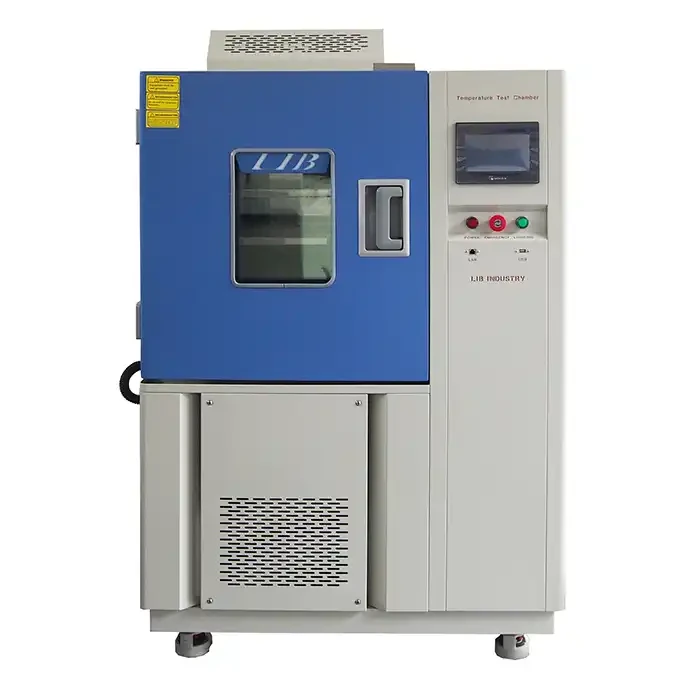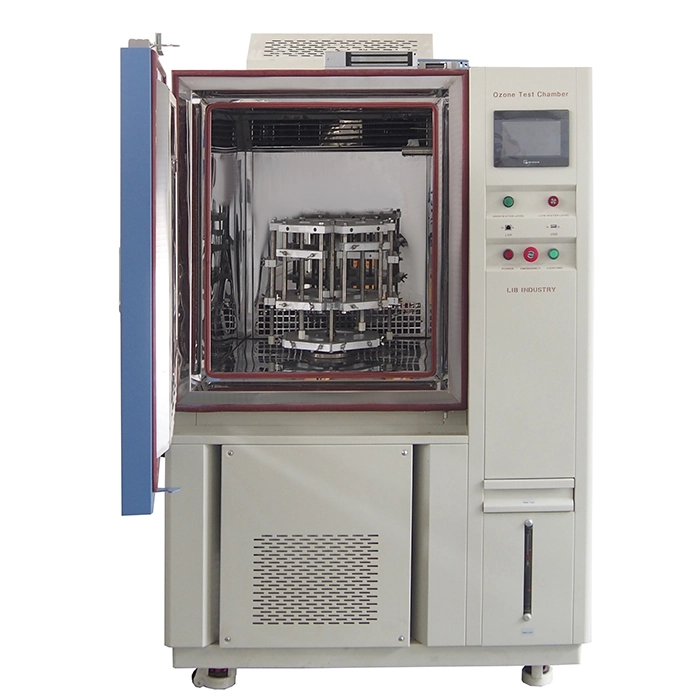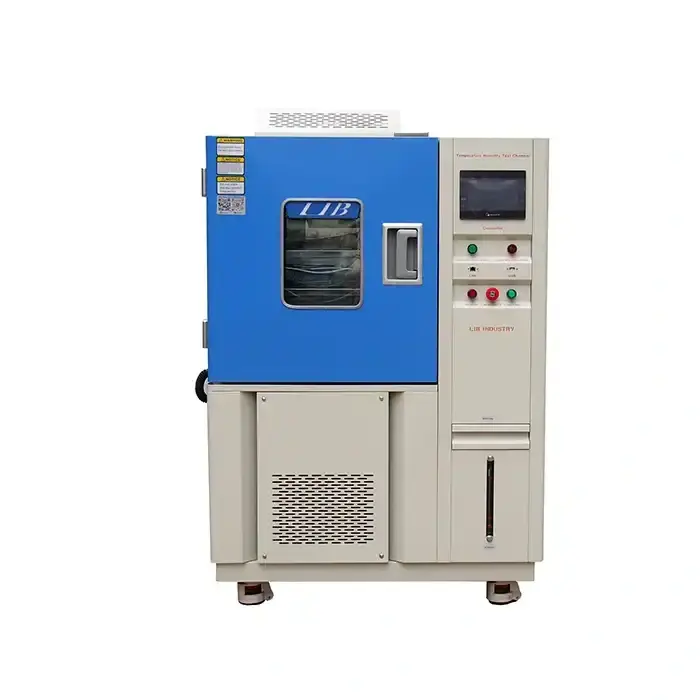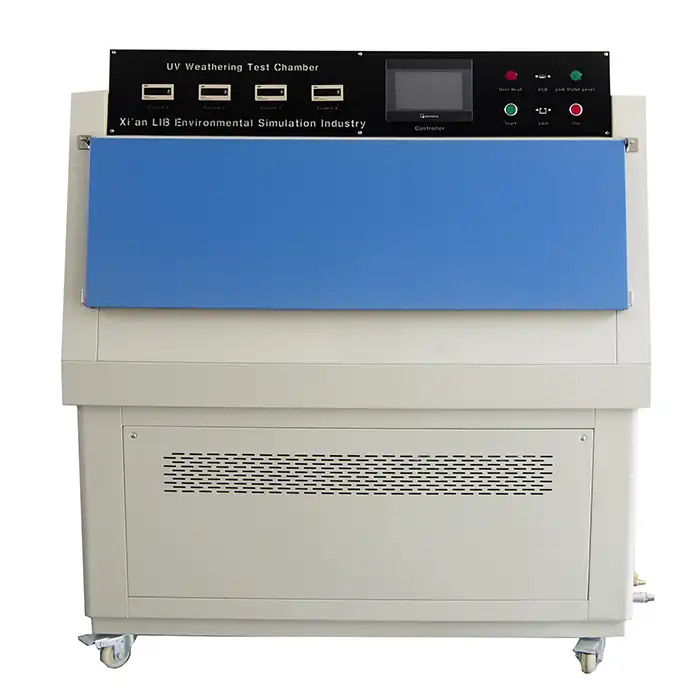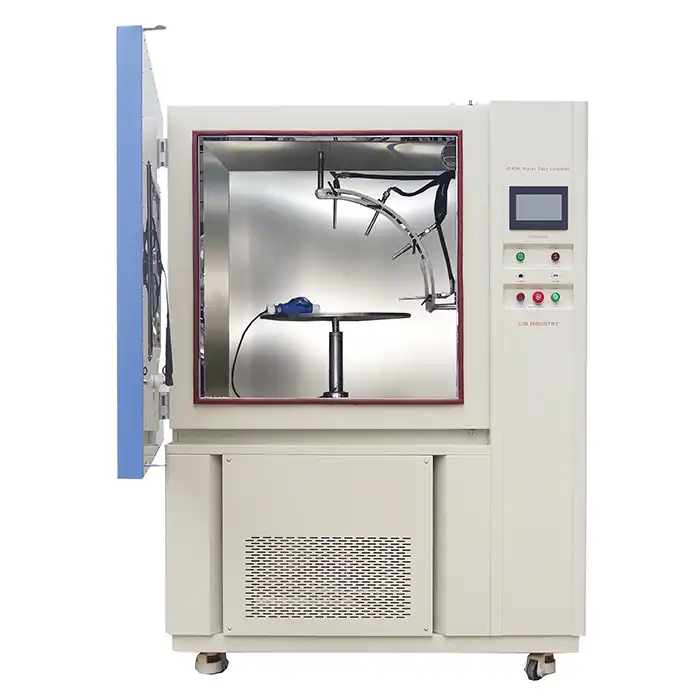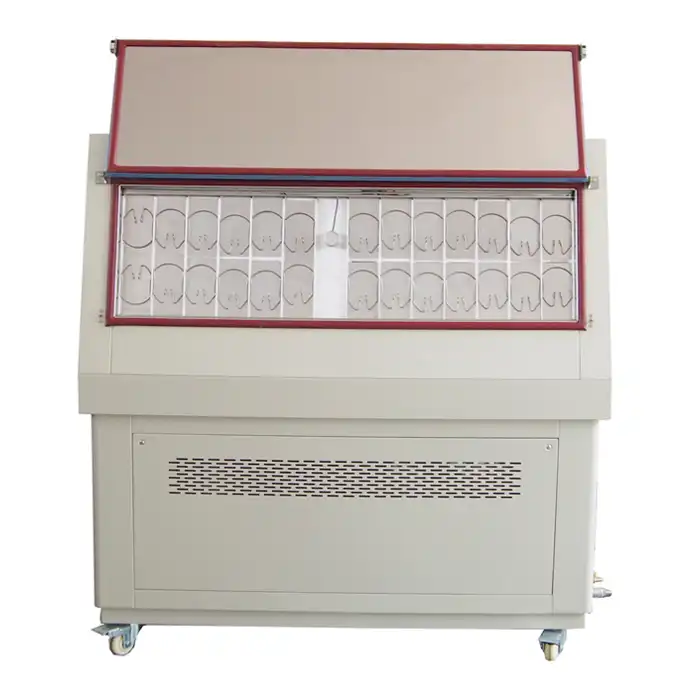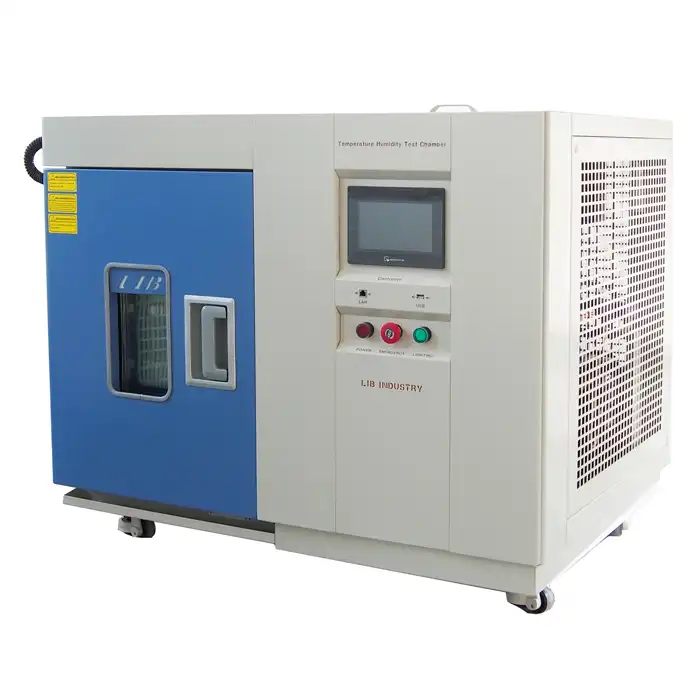Top 5 Features to Look for in Salt Fog Test Equipment
Salt fog test equipment plays a critical role in evaluating the corrosion resistance of materials and coatings under harsh environmental conditions. Choosing the right system ensures accurate, reliable results that help manufacturers improve product longevity. Here are five key features to consider when selecting the best salt fog test chamber for your needs.
Precision Temperature Control: The Backbone of Accurate Testing
High-quality chambers are equipped with advanced temperature control systems that maintain precise conditions throughout the testing process.
For example, premium salt fog chambers use PID (Proportional-Integral-Derivative) controllers to regulate temperature with minimal deviation, ensuring a stable environment for corrosion testing. A well-calibrated system should maintain temperature variations within ±1 °C, preventing inconsistencies that could compromise test reliability.
Additionally, uniform heat distribution is essential. Some manufacturers integrate high-efficiency heating elements and strategically placed sensors to prevent cold spots inside the chamber. This design ensures that all test specimens experience the same environmental conditions, leading to consistent and repeatable results.
Advanced Humidity Regulation: Maintaining Optimal Test Conditions
Modern salt fog test equipment features advanced humidity regulation systems that maintain optimal moisture levels within the test chamber.
A well-designed system includes an automatic water level control mechanism that ensures a continuous supply of deionized water for fog generation. This prevents disruptions in humidity levels and maintains the integrity of the test environment. Some high-end models integrate ultrasonic humidifiers, which help achieve fine mist dispersion, offering uniform exposure to test specimens.
Additionally, relative humidity sensors provide real-time monitoring and adjustments, keeping conditions stable. A reliable chamber should maintain humidity levels within ±3% RH to ensure accuracy. These advanced features improve the reproducibility of test results, making them essential for industries that depend on precise corrosion analysis.
Efficient Salt Solution Delivery System: Ensuring Uniform Corrosion Conditions
A well-engineered salt solution delivery system is key to achieving consistent and uniform corrosion exposure. The best salt fog test equipment feature atomizing nozzles that generate a fine mist, ensuring even distribution of the saline solution across all test specimens.
Pneumatic atomizers, often preferred in high-performance chambers, prevent clogging and provide a continuous, controlled spray. Manufacturers also incorporate adjustable air pressure controls, allowing users to fine-tune the fog density according to specific test standards, such as ASTM B117 and ISO 9227.
To further enhance reliability, a high-quality chamber should include an automatic salt solution replenishment system. This ensures a steady supply of saline mist, minimizing the risk of fluctuations in concentration. Investing in a chamber with a precise salt fog delivery mechanism guarantees accurate and repeatable test results.
Robust Construction: Durability and Longevity in Harsh Environments
Salt fog test equipment operate in highly corrosive conditions, making durable construction essential. High-quality chambers feature reinforced fiberglass or stainless-steel exteriors that resist corrosion and extend equipment lifespan. Additionally, a seamless, non-reactive inner lining prevents contamination and ensures long-term performance.
A well-built chamber withstands years of rigorous testing without degradation, reducing maintenance costs and ensuring reliable operation.
User-Friendly Interface: Simplifying Complex Testing Procedures
Modern salt fog test equipment integrates intuitive touchscreen interfaces, allowing users to set test parameters, monitor conditions, and generate reports with ease. Smart automation features, such as programmable test cycles and remote monitoring, enhance efficiency and minimize human error.
A simple and accessible control system ensures that operators can easily configure tests, improving workflow and productivity in laboratory settings.
Investing in high-quality salt fog test equipment ensures precise and reliable corrosion testing, helping manufacturers produce more resilient products. For expert guidance on selecting the best salt fog test chamber for your needs from reputable salt fog test equipment manufacturers, contact LIB Industry at ellen@lib-industry.com today.
References
1. ASTM International. "ASTM B117 Standard Practice for Operating Salt Spray (Fog) Apparatus."
2. ISO. "ISO 9227:2017 Corrosion Tests in Artificial Atmospheres - Salt Spray Tests."
3. Roberge, Pierre R. Handbook of Corrosion Engineering. McGraw-Hill, 2012.
4. Schweitzer, Philip A. Corrosion Engineering Handbook, Second Edition. CRC Press, 2006.




